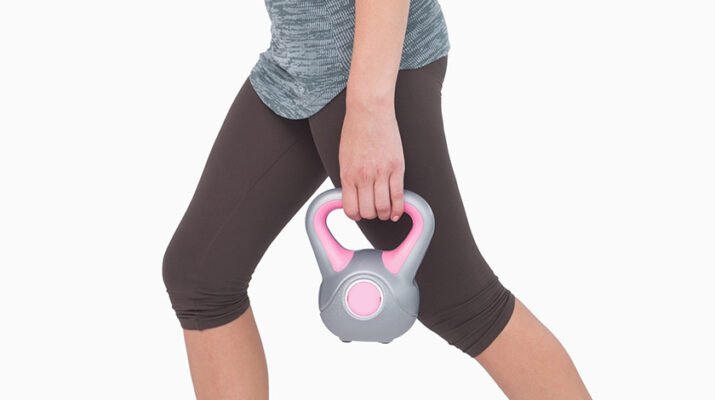By Deborah Jeanne Sergeant

Most people working on losing a significant amount of weight see prompt results when they first begin their efforts. With minimal effort such as walking each day or engaging in a short workout, the pounds seem to melt off at first.
As they progress in their weight loss program, it seems to become harder and harder to lose weight. Even though they stick with their healthful, reduced calorie diet and exercise regimen, their weight loss plateaus for two reasons.
First, they’re adding muscle while reducing fat so they may not see dramatically smaller numbers on the scale as they progress. Second, their body does not have to work as hard to carry around as much weight as when they first started losing weight. That’s where wearable weights can make their fitness activities more dynamic, especially when the body goes into “starvation mode,” storing calories rather than burning them.
“There are compensatory mechanisms when you cut back on food,” said Mary Jo Parker, registered dietitian in private practice in Williamsville. “I want patients to eat as much as they can and still be able to lose so they don’t have that starvation mechanism. Exercise helps keep weight loss moving, especially if they’re building muscle with resistance training.”
In addition to carrying hand weights such as kettle bells and dumbbells to bodyweight movements like squats and lunges, wearing weights can help. Donning a weighted vest while engaging in activities like running or calisthenic movements increases the work level of the muscles involved. It mimics the effect of their heavier body weight, forcing their muscles to work harder.

“One of the best ways to increase bone density, which includes lean muscle mass, is to walk with a weight vest,” said Joe Fox, personal trainer, certified functional strength training coach and owner of TrainSMART Personal Training in Buffalo. “It can be a pretty safe way to add bone density and lean muscle mass.
“One of the things we’re learning is that building lean muscle mass may be dramatically more important than we ever thought. I learned fairly recently that lean muscle mass acts as a sink for glucose. It literally is perhaps the single best thing you can do to get your body to not build belly fat, regulate sugar in your body, glucose and to regulate your triglycerides. It’s huge. There’s a ton of relatively new science.”
He advises wearing a vest that is weighted to 5% of body weight and gradually increasing the vest’s weight. Avoid using heavy weights on wrists and ankles, as these can cause too much stress on the joints.
It’s best to try on the devices in the store rather than purchasing them online (unless they’re returnable) to ensure a comfortable fit. Feeling wearable weights shifting during exercise is not ideal. Some wearable weights provide pockets to gradually fill as the user’s tolerance and strength increases. This can increase the usable life of wearable weights.
Fox advises selecting a vest that allows freedom of movement.
“I’m a short man and it’s often too long,” he said. “If I were going to squat with it, it fits my hip and changes the biomechanical movement pattern.”
This can raise the risk of injury.

